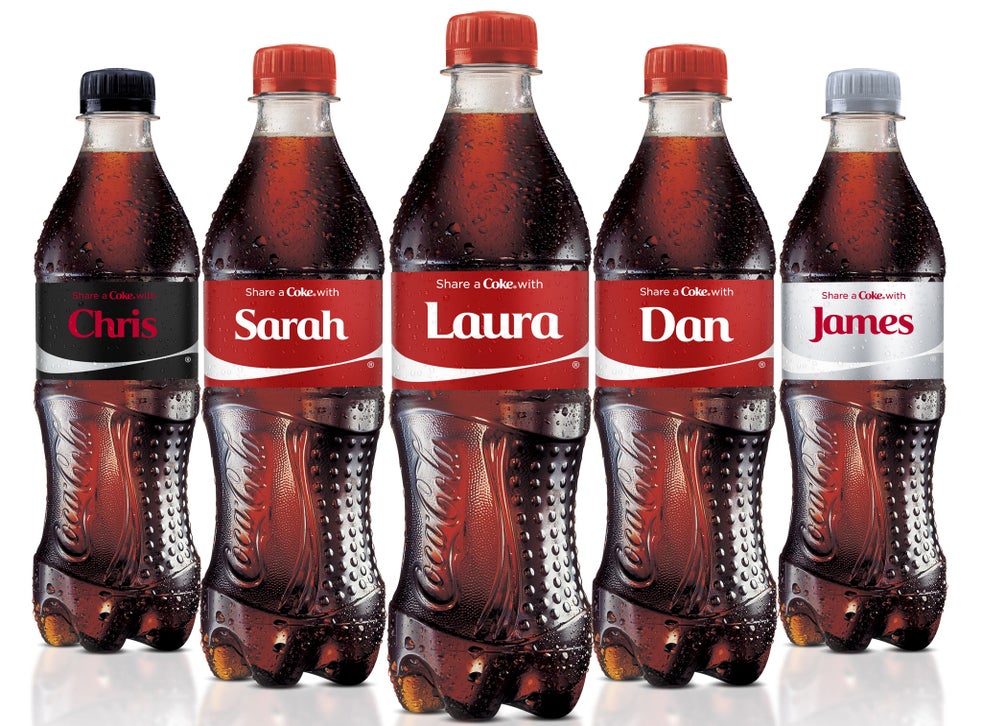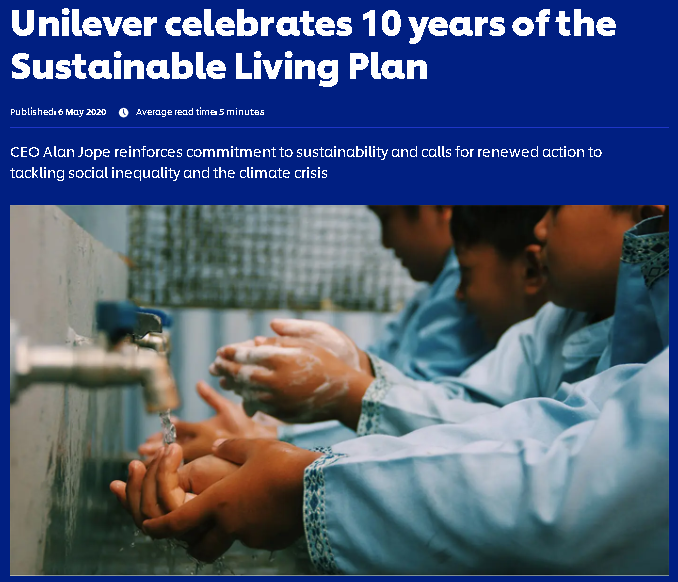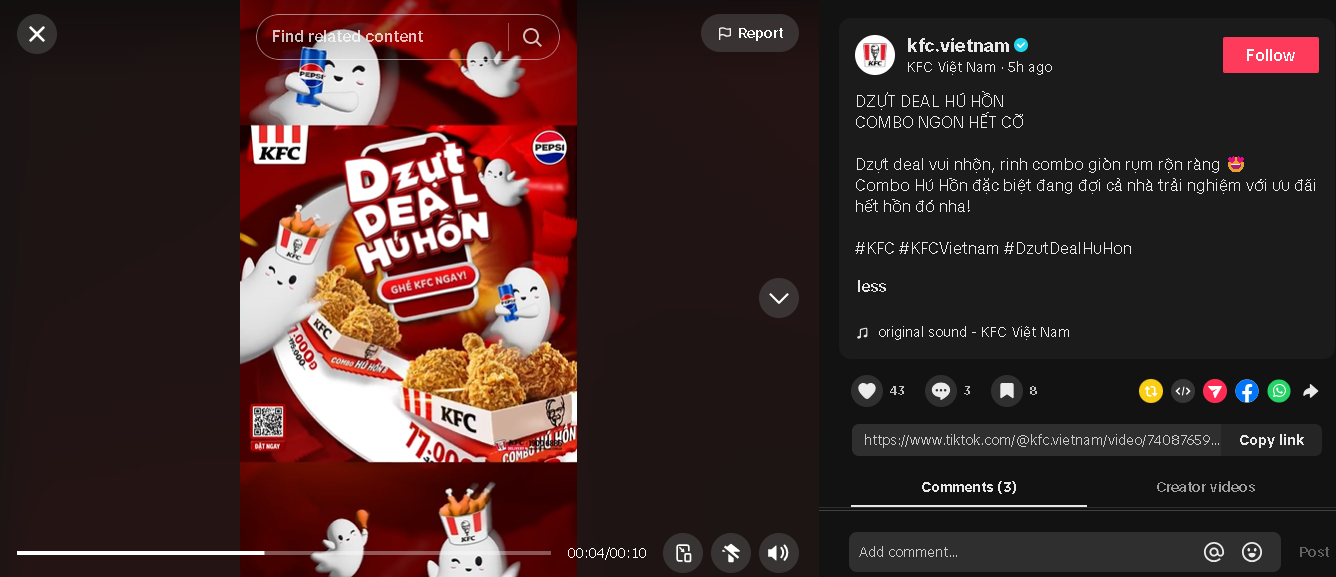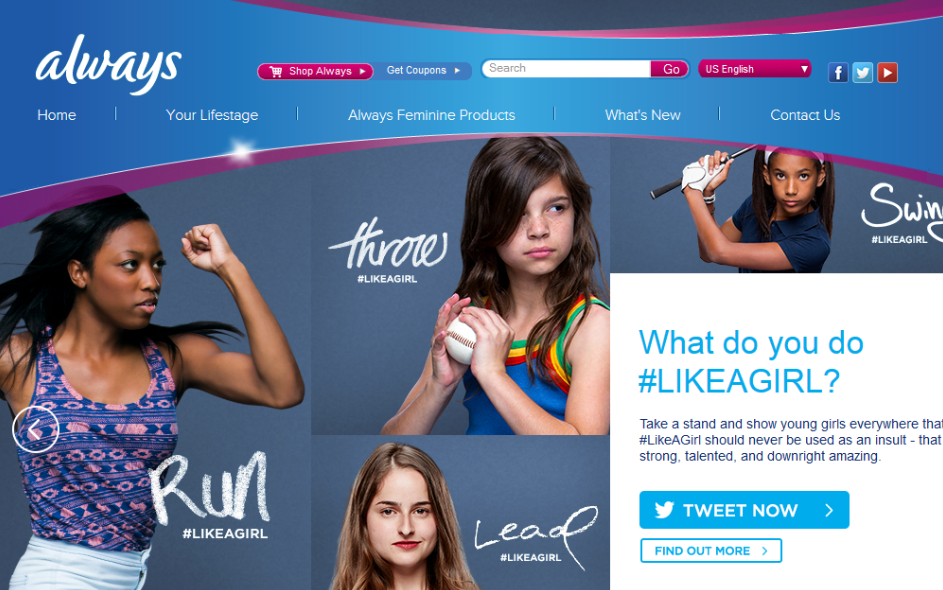Article Content:
1. Short-Form Videos
2. Leveraging Influencer Marketing
3. Utilizing User-Generated Content (UGC)
4. Optimizing Social Media Advertising
5. Direct Social Commerce Features
6. Using Data Measure Effectiveness
7. Creating Engagement Interactive Media
8. Enhancing CSR Strategies
9. Creating Content Tailored Local Markets
In a world where consumers are becoming increasingly discerning, how can FMCG brands attract and retain customers? With the ability to reach and engage millions of users worldwide, social media has emerged as a powerful tool for FMCG businesses to build brand image, boost sales, and maintain strong customer relationships.
This article will unveil 9 key strategies to help your brand shine like a star in the social media universe.
1. Short-Form Videos: Dominating Reels and Shorts
Capturing Customer Attention
In 2024, short-form videos have become an unmissable trend on platforms like Instagram Reels, YouTube Shorts, and TikTok. These videos, typically under 60 seconds, are highly effective at capturing viewers' attention quickly, allowing brands to deliver dynamic and engaging messages in a brief format.
Optimizing for Each Platform
Each social media platform has its unique characteristics and requirements, making it essential to tailor video content accordingly. For instance, TikTok thrives on highly entertaining and shareable videos, while Instagram Reels may focus more on aesthetics and brand alignment. FMCG brands need to understand these nuances to create content that resonates with users and captures their attention effectively.
Unilever, with its Dove brand, has successfully optimized short-form video content for each platform. They use TikTok to create fun, youth-oriented videos, while leveraging Instagram Reels to post videos with positive messages about natural beauty, increasing engagement by 60% compared to regular posts.
Using Video to Promote Products
Short-form videos aren't just for entertainment; they're also a powerful tool for product promotion. Brands can use these videos to introduce new products, provide usage guides, or share stories related to their products. This approach not only enhances brand recognition but also drives direct sales through social shopping features.
 |
2. Leveraging Influencer Marketing
Choosing the Right Influencer
Influencer marketing is no longer a new trend, but choosing the right influencer to collaborate with is key to a campaign's success. In 2024, the use of micro and nano influencers is on the rise. These influencers have smaller followings but maintain a close relationship and strong influence within their communities. This strategy helps FMCG brands reach their target audience more effectively and cost-efficiently.
For example, the cosmetic brand L'Oréal partnered with a series of micro-influencers for a skincare campaign, achieving an engagement rate 60% higher than when using macro-influencers.
Long-Term Partnership Strategy
Rather than engaging in one-off collaborations, building long-term relationships with influencers can yield greater benefits for brands. This approach not only fosters consistent campaigns but also builds trust with customers through ongoing association with influencers they believe in.
For instance, in the "Nestlé for Healthier Kids" campaign, Nestlé partnered with several influencers over the course of a year. This not only increased brand awareness but also built strong trust with consumers.
3. Utilizing User-Generated Content (UGC)
Encouraging Customers to Create Content
User-Generated Content (UGC) is a powerful tool for FMCG brands to build trust and create a bond with customers. By encouraging consumers to share their experiences with products through contests, challenges, or hashtag campaigns, brands can naturally attract attention and spread their message.
Coca-Cola had great success with its "Share a Coke" campaign, where consumers were encouraged to share photos of Coca-Cola bottles with their names on social media. This campaign generated over 500,000 pieces of UGC in just two months.
Building Trust and Authenticity
UGC offers a sense of authenticity and reliability. A 2023 Stackla report found that 79% of consumers are persuaded by UGC more than traditional advertising. This highlights the importance of UGC in building brand trust.
 |
4. Optimizing Social Media Advertising
Choosing the Right Platform
Not all social media platforms are suitable for every FMCG brand. Choosing the right platform based on product characteristics and target audience is crucial. For example, Instagram and TikTok are ideal for products targeting younger demographics, while Facebook and LinkedIn might be better suited for products aimed at a mature audience.
P&G chose Facebook as the main platform for its "Loads of Hope" campaign for Tide, targeting families affected by natural disasters. The campaign attracted over 2 million participants in just three months.
Optimizing Advertising Budgets
Using automation tools like AI and Machine Learning can optimize social media advertising campaigns. These tools analyze data and adjust campaigns based on real-time performance, helping brands achieve higher ROI (Return on Investment). Johnson & Johnson employed this technology to adjust ads in real time, increasing ROI by 30% compared to previous campaigns.
 |
5. Leveraging Direct Social Commerce Features
Social Commerce
Social commerce is becoming a major trend in 2024, with the rapid growth of direct shopping features on social platforms like Instagram, Facebook Shops, and TikTok Shopping. These features allow consumers to make purchases instantly without leaving the app, creating a seamless and convenient shopping experience.
L'Oréal saw a 40% increase in online sales after integrating direct shopping features on TikTok. This demonstrates the importance of leveraging social commerce to drive sales.
Integrating and Optimizing User Experience
To fully capitalize on the potential of social commerce, brands need to ensure that their social platform shopping experience is simple and user-friendly. This includes optimizing the user interface, minimizing the steps required to complete a transaction, and ensuring that products are clearly and accurately described.
 |
6. Using Data Analytics to Measure Effectiveness
Tracking and Analyzing Campaign Effectiveness
Data analysis is crucial for FMCG brands to assess the effectiveness of their social media marketing campaigns. By using tools like Google Analytics, Facebook Insights, and other analytics platforms, businesses can track metrics such as engagement levels, conversion rates, and ROI to adjust strategies in real time.
Adjusting Strategies Based on Data
Data gathered from campaigns can provide valuable insights into the effectiveness of current strategies and guide future decisions. This helps FMCG brands optimize campaigns and ensure they invest in what truly delivers results.
Unilever adjusted its "Sustainable Living" campaign based on consumer feedback and data from social platforms, resulting in a 20% increase in brand awareness in 2023.
 |
7. Creating Engagement Through Interactive Media
Interacting and Responding Quickly
Today’s customers expect brands to respond quickly and personalize their interactions on social media platforms. Using chatbots and AI to automate response processes can help brands ensure that customers always receive timely and accurate support.
Kraft Heinz adopted a strategy of quick interaction with customers on X (formerly Twitter). During the "Ketchup or Catsup?" campaign, Kraft Heinz answered thousands of user questions about how to pronounce ketchup, sparking a huge discussion wave and increasing their followers on X by 35% in just one week.
Hosting Online Events
Livestreams, webinars, and live Q&A sessions are effective ways to create engagement with customers. These events not only allow brands to interact directly with consumers but also create opportunities to promote products and build a community around the brand.
KFC hosted "fast delivery sales" livestream events on TikTok, attracting over 2,000 live views and increasing sales by 20%.
 |
8. Enhancing CSR Strategies (Corporate Social Responsibility)
Corporate Social Responsibility (CSR) is not just a responsibility but also an opportunity for FMCG brands to build a positive image and earn customer trust. CSR campaigns combined with social media can spread messages quickly and widely while creating a strong connection between the brand and the community.
Always, a feminine hygiene brand from P&G, executed the "Like a Girl" campaign with a message about gender equality, combining social media to amplify this message. The campaign garnered over 76 million views on YouTube and increased sales of related products by 300%.
 |
9. Creating Content Tailored to Local Markets
Adapting to Each Market
A successful social media marketing strategy must be flexible and adapt to the specific characteristics of each local market. This includes tailoring content to the language, culture, and consumer habits of each region.
PepsiCo executed its "Taste the Feeling" campaign in various countries with content adjusted to the language and culture of each region, helping to increase sales by 15% in local markets.
Using a "Glocal" Strategy (Global + Local)
Combining a global vision with local strategies ("glocal") allows FMCG brands to leverage the strength of their global brand while creating strong connections with local consumers. This is crucial for maintaining consistency in messaging while ensuring relevance and closeness to customers.
Nestlé implemented a "glocal" strategy in its "Good Food, Good Life" campaign, maintaining a global message while adjusting content to suit each local market. This helped Nestlé increase brand awareness by 12% in emerging markets.
 |
In the fiercely competitive FMCG market, applying effective social media marketing strategies is essential for a brand's survival and growth. By understanding customers, leveraging the latest trends, and flexibly adjusting strategies, FMCG businesses can build a strong brand image and create lasting value.
See more:
BRAND STRATEGY: SUCCESS SECRETS FROM INDUSTRY GIANTS
10 STRATEGIES TO RETAIN CUSTOMERS AND INCREASE BRAND LOYALTY
FROM "ZERO TO HERO": HOW BRANDS BUILD EMPIRES AND BECOME ICONS
TRÒN HOUSE
